|
https://ift.tt/2NhdUuX
Messenger Bot Funnels: How to Nurture Prospects Toward a Sale https://ift.tt/2o7MrRq
Wondering how to use bots to get people into marketing funnels? To explore what you need to know about setting up a successful funnel using Messenger bots, I interview Mary Kathryn Johnson More About This ShowThe Social Media Marketing podcast is designed to help busy marketers, business owners, and creators discover what works with social media marketing. In this episode, I interview Mary Kathryn Johnson, a Messenger bot expert who advises and helps businesses build bots. Find out more about her at MessengerFunnels.com. She also hosts the Parent Entrepreneur Power podcast. Mary explains why Messenger bot funnels complement and improve upon email marketing. You’ll also discover how meaningful audience interactions and lead magnets can move people into an automated Messenger funnel. 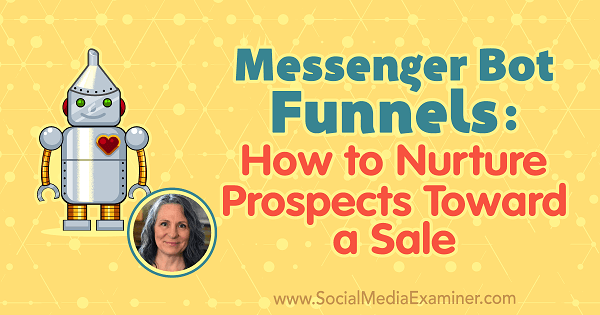
Messenger Bot Funnels: How to Nurture Prospects Toward a Sale featuring insights from Mary Kathryn Johnson on the Social Media Marketing Podcast. Share your feedback, read the show notes, and get the links mentioned in this episode below. Listen NowListen now: Play in new window | Download Subscribe: Apple Podcasts | Android | Google Podcasts | Stitcher | TuneIn | RSS Here are some of the things you’ll discover in this show: Facebook Messenger Bot FunnelsMary’s Story Mary has worked in online business since 2003. Right before she began working with bots, she was hosting the Parent Entrepreneur Power podcast, which she began in 2014, and consulting with businesses on digital marketing. Most of Mary’s consulting clients were in the beauty industry: estheticians, spas, hair salons, and so on. As their businesses grew, they didn’t have time to do their own digital marketing and began asking Mary to do it for them. To fill this need, Mary created an agency called Beauty Tech Tools in 2016. For about a year, she did all of their digital marketing. Mary made significant changes to her business after she discovered bots in January 2017. She signed up for a webinar hosted by Andrew Warner, who was highlighting the benefits of bots, such as 80% open rates and 60% click-through rates. Although Mary typically prefers webinar replays to actually attending, she happened to have the time to attend this one. During the webinar, Andrew built a bot live with Chatfuel. Based on what she learned, as well as all of her knowledge and experience in marketing, Mary began changing everything she was doing for her clients. She switched all of her beauty industry clients over to bots and began phasing out her other marketing services to focus exclusively on bots.
Mary thinks bots make sense with the whole marketing journey. Marketers keep fighting for higher numbers and for people to move into their funnels, and see content and offers. To accomplish the shift to bots, Mary began with a few trial projects that helped her prove to herself that her plan would work. First, she pre-sold two bot-based funnels for $1,000 each. Mary usually doesn’t say she builds bots because that’s like saying you build emails. Instead, she focuses on the funnel aspect, which is why she named her new company Messenger Funnels. After Mary had this initial success with bots, she took Andrew’s course and began building bot funnels for more clients. Bot funnels are similar to email funnels, but in Messenger. Also, after continuing her work with bots, Mary has discovered how bots are useful beyond just automated sequences.
Today, she’s helped more than 50 clients. To serve her clients, Mary doesn’t just build a bot. She also makes sure it fits a client’s current marketing and sales strategy, and the client’s future vision for their marketing. Listen to the show to hear my thoughts about Mary’s success in podcasting. Why Messenger Bots Are Important Right now, Facebook Messenger is the communication channel where almost all of your prospects are. You should communicate with them where they choose to be. That’s why you need to figure out how Messenger bots work for your products or services, and then incorporate the Messenger marketing strategy into your overall marketing and sales strategy. To people who don’t see the purpose of using Messenger bots when they already have someone’s email address, Mary says the problem with email is that only 20% of your recipients actually see what you have to say. And that’s a generous estimate. Moreover, less than 5% of those people click to see your offers or content. Even if you’re happy with those rates, you can still try bots. You don’t have to get rid of email and only use bots. In the last year and a half, no one has complained to Mary about sending messages on both Messenger and email.
I ask Mary to address another objection to using Messenger bots: When you build your home on Facebook, you’re on rented land. Facebook controls the platform. If Facebook doesn’t like your business, it can shut down your business page and your bot along with it. Mary says you do need to ask for email addresses by sending people to your sales pages or elsewhere on your website so you can contact your list via both Messenger and email. When you integrate the different pieces, you don’t lose contact with your prospects if one piece goes down. You could also ask for a phone number and use SMS to communicate with your list. Communicating with people via Messenger bot is different from interacting via your Facebook page in a few key ways. First, your bot database doesn’t live on Facebook. You access it via your bot-building app such as Chatfuel or ManyChat. Also, when you communicate with people via a bot, you know who they are. They’re not just lumped into a number of page followers. Listen to the show to hear more of Mary’s thoughts about diversifying the way you contact business prospects. How Messenger Bot Funnels Work A Messenger funnel is similar to a marketing campaign you might run with a tool like Infusionsoft, Drip, or Active Campaign: Both use an automated sequence of messages with a conclusion. Your goal is to move a large number of people into the funnel with a message such as a lead magnet offer. Then subsequent messages take them through a journey that has a conclusion or conversion. At the top of the funnel, you have a large group of cold traffic that’s just seeing what you have to say. As they choose to participate in what you have to say, the group of people you’re reaching becomes progressively smaller.
Some people might lose interest after buying a low-ticket item. Others might buy your low-ticket item and continue engaging with your content until they become raving fans. This group loves everything you have to say and consumes all of your stuff. With an email campaign, only a very small percentage make it to the end. In a Messenger funnel, the high click-through rates at the beginning make the numbers further down the funnel higher, too. Messenger funnels also have higher engagement because people in your funnel segment themselves by sharing their preferences as they engage with your bot. Say you ask something like, “What’s your favorite color?” and users can choose Purple, Blue, or Green. Your bot can show purple options to people who pick Purple. That’s a simple segmentation users choose themselves. You can also do quizzes. With each interaction users have with a bot, you can tag them based on their response and send the data to a Google Sheet. Although you can also segment users with email, you need other programs like Typeform to do so. With a bot, you don’t need an extra tool. Also, email tends to be a more passive platform than Messenger. The interactivity of Messenger bots is what makes the open rates so high. All of Mary’s clients have open rates of 80% to 100%. With ManyChat, Chatfuel, or Messenger, you can see people opening your messages and clicking options in your bot in real time. ManyChat and Chatfuel also calculate your open rate based on the number of times that the message fires and then is opened.
A Messenger bot also presents a story or journey in smaller chunks than an email. With email, you might send one long story that, in a Messenger bot, you’d break into 10 messages with the most important information. In each message or every two messages, a button might ask users to engage with you. In this way, you can see where users stop engaging and fix it so more people keep going. With email, marketers also have to deal with spam filters. Messenger bots simply put users in control of whether or not they receive messages from you. You can’t spam someone via Messenger. You can’t buy a list. To engage with someone via a Messenger bot, they have to opt in. They can also opt out immediately. Listen to the show to hear my thoughts about how Messenger funnels work. Example of a Messenger Bot Funnel To illustrate how well a Messenger funnel can work, Mary shares an example created in ManyChat that worked for her client, Alison J. Prince. Alison has an online course that teaches people how to create an eCommerce business. To prove her concept, Alison used the method herself and then asked people in her family to use it, too. Her daughters, who were 10 and 13 years old at the time, sold $100,000 worth of scarves, which is now their college fund. Alison hired Mary to create her chatbot after she had success selling the course. Mary set up a webinar chatbot and improved the funnel over time.
The first iteration of the webinar bot funnel looked a lot like an email campaign. A Facebook ad directed users to a registration page, where they entered their email and other registration information on the webinar platform. On the thank-you page, users saw a little button that said, “Hey, would you like a reminder in Messenger?” When people click a button like this, Messenger opens, and they opt into the bot by clicking a Get Started button. The user becomes a bot subscriber and can receive your messages. In the case of Alison’s funnel, webinar registrants received a reminder message 10-15 minutes before the webinar. This was in addition to emails for bot subscribers and non-subscribers who registered. Because people tend to open Messenger messages and have notifications on their phone, this reminder boosted webinar attendance by 30%. The webinar then sold the course, and after the webinar, the follow-up process ended with a cart close. When you create a web page with a Messenger bot button, Mary emphasizes that it’s important to follow the Facebook terms of service and other policies. Currently, you need to include a checkbox that confirms the user is opting into your bot via their own account. For instance, on Mary’s website, this checkbox appears above a green button that takes users to her bot-based calculator. The checkbox must appear above the button so users see it first. Users logged into Facebook see their profile photo below the checkbox and next to a link labeled “Not you?” If it’s not the user, they can click the link. If the account is the user’s, they click the web page button and then a Get Started button in Messenger to subscribe to your bot. After that, your welcome message appears.
In the next iteration of Alison’s bot, Mary sent Facebook ads into Messenger for a webinar sequence, another tactic that mimicked email campaigns. This approach worked slightly better than email but was still clunky and just didn’t feel right. This feeling led Mary back to Facebook’s basic mission, which is communication and engagement, and to the current version of Alison’s Messenger funnel. Facebook Live Lead Magnet: Today, Alison moves her audience into the funnel for her course via weekly Facebook Live videos. The live videos occur on a regular schedule, and she offers a PDF that gives value on a topic like, “15 Biggest Business Mistakes I Ever Made and How to Avoid Them,” or “The Top 6 Apps I Use in My Business Every Day.” You can also offer a short video training if your prospects respond better to video. Whatever you send (PDF, video, GIF, audio, or image) must be 25MB or less. If your video file is too large, share a link to the video instead, and it will open in web view. This means the link opens on top of Messenger without a browser. When the user clicks the X to close the video, they’re still in Messenger. To explain the value of the lead magnet during the video, Alison might talk about two or three items people who opted in will learn about. She also explains that people can receive the lead magnet by commenting on her live video post. Information about how to get the lead magnet also appears above the video in her post text.
Clarifying how viewers will receive the PDF also keeps Alison in compliance with the Facebook terms of service and other policies. To illustrate, Alison might say, “If you want this, comment on this post, and I’ll give you the PDF in Messenger.” Mary notes that, in both your post text and your video, you have to say something like, “If you comment on this post, I will give you X, Y, Z in Messenger.” When someone leaves a top-level comment (not a reply to someone else’s comment), the bot fires automatically. Users who aren’t already subscribed to the bot see the Get Started message. Mary notes that this revised approach improves upon the initial bot funnel in two ways. It’s less complicated than the landing page with a Messenger button, which they used in the first iteration of the funnel. Also, Alison can boost a live video post to a targeted audience anytime. Even on the replay of the live video, anyone who comments on the boosted post is directed to Messenger. In the bot, users complete a two-step process to receive the PDF. Facebook requires these two steps as part of its terms and policies. In the first step, you ask people to confirm they want the lead magnet. You might say, “Hey, I didn’t hear you. Type mistake and I’ll give you my freebie,” or “Please confirm that you want this by typing yes.” After a user confirms they want your offer, the bot delivers the lead magnet. The bot might say, “Thanks so much. Here’s the freebie.”
Facebook requests a two-step process because it wants to avoid clickbait or sending offers to people who simply didn’t realize their comment would trigger Messenger. Also, when Alison asks people to comment on a post to receive a lead magnet, she elicits meaningful interactions, which Facebook wants. This approach also performs best. In the post and during the video, Alison might say, “What’s your biggest business mistake? Comment below with your biggest business mistake, and in Messenger, I’ll share my top 15 and how to avoid them.” Traditionally, you might say, “Type the word mistake,” during your Facebook Live. However, you don’t want to do that because the repeated comments make your post look like clickbait. Instead, ask an open-ended, engaging question. Second Lead Magnet via Bot: The next step in the funnel is a second lead magnet. That offer is automated via the bot. Behind the scenes, the bot uses conditional logic to track who has opted in and downloaded the PDF. Based on how much content is in the PDF, the bot waits 30-60 seconds before offering someone a second lead magnet. People see a message like, “Hey, if you liked that, you might like this other PDF that I shared last week.” Then the bot asks, “Would you like it?” The user can respond by clicking a button that says, “Yeah, give it to me,” or “Nah, no thanks.” Anyone who says yes receives the second PDF with a cover image that briefly introduces what it’s about.
The funnel can move quickly because right from the beginning, the live video is giving the audience valuable information related to the product Alison will sell later. The free information typically contains high-level concepts Alison understands and that illustrate her expertise. PDFs that are short and easy to consume are also important, and help the funnel move quickly. Moving from one PDF to the webinar offer doesn’t give enough value. For the user, that approach still feels like your bot is just selling. For Alison’s funnel, on average, users consume 2.8 freebies before they convert to a sale on the webinar. Nurturing and Webinar: To move people in the funnel toward the webinar, the bot offers evidence that the course works before moving to the webinar offer. The bot might say, “Hey, in the meantime, did you hear about my two daughters and how they raised $100,000 in 9 months?” Users can then click a button to say, “Yes, I want to learn more,” or “No, thank you.” As users continue to request more details, the bot continues sharing the story in short messages. The bot might continue by saying, “Yeah, they did this with my course, 0-100K.” Because Facebook loves it if you stay on Facebook, all of the content appears in the bot instead of sending people off to a blog post or another page off of the platform.
For each bot message, Mary limits the text to about 160 characters. To give users time to read the text, she adds a 30-second time delay between each message. She also adds a typing delay, which displays three dots that make it look like the bot is typing. This way, users know the story isn’t over. The typing delay appears after each message until the bot asks the user to take an action. ManyChat limits the number of times you can add a typing delay between blocks of text. Mary typically keeps the number of text blocks to fewer than five or six, which works within ManyChat’s restrictions. You don’t want to send five blocks of text at once because it will create a bad user experience. If your phone has audible notifications, those noises will happen at once. Also, the user will have to scroll back up to read the messages in sequence, which users might find frustrating. However, typing delays and short messages mimic the flow you’d use when messaging a friend. In addition to the story, the bot asks users to share some information about their experience. The bot asks, “Are you a newbie, or do you already have an online store?” Users choose one of two options, and behind the scenes, the bot segments and tags users based on their response. The bot also uses their response to communicate the value of the webinar. For instance, users who say they’re experienced will see the message, “Great, if you already have a store, we can help you maximize its return.” Newbies receive a message like, “Newbies unite! Yay, let’s do this!” Within about three more blocks of text, users see the webinar offer, “Would you like to join me for this free master class?” Users respond with either, “Heck yeah, let me in,” or “Nah, I’m good.”
The bot uses tags to track each user’s responses, as well as the lead magnets or offers users consume. Also, the tags help you avoid bringing users through the same sequence more than once. Asking the same questions five times makes your bot feel like a stupid automation system. With the tags, the bot knows to send users unique content. When users say they want to register for the webinar, the bot confirms the user’s email address, and a custom integration connects Messenger with Alison’s webinar platform. To request an email address for the webinar registration, you can pre-populate a button with the email the user provided to Facebook. Then the bot can ask, “Is this your best email address? If not, reply with a better one.” A Zapier custom integration connects Alison’s webinar platform, ClickFunnels, and the Messenger bot created in ManyChat. With Zapier connecting the two tools, when a user says they want to register for the webinar, your bot can automatically direct that user to the appropriate sequence in ClickFunnels. For many users, entering a name and email to register for the webinar will be a barrier to entry, so Alison’s bot automates registration based on the user’s response to the question about their email address. After a bot user clicks the button pre-populated with their email or types a different preferred email address, the integration completes their registration and creates their unique webinar URL. When a funnel promotes an evergreen webinar, that unique URL appears in Messenger and the user can simply click it to watch the video.
When the funnel promotes a live webinar, the bot response includes a couple of extra steps. If someone registers a few days before the webinar, the bot provides more value to encourage people to attend. Also, 15 minutes before the webinar begins, the bot says, “Hey, where are you? Click the link and join us.” The link provided is the user’s unique URL. After the webinar, Zapier tells ManyChat whether someone purchases the course. Zapier can track what happens on Messenger and the CRM (or wherever changing tags record the sale), and help the two work together because of the Messenger ID. You can’t communicate from your webinar platform back to ManyChat or Chatfuel unless you have the Messenger ID. Those returning connections to ManyChat or Chatfuel can’t be made with only a user’s email address. If you use a different webinar platform than Alison, you can still accomplish the same type of integration with Messenger. Zapier integrates with GoToWebinar and Zoom. When a webinar platform doesn’t integrate with Zapier (EverWebinar and WebinarJam are two examples), a custom integration can connect the ManyChat API (application program interface) and the webinar platform’s API.
Messenger Bot Funnel Results: Before Alison started working with Mary, Alison’s course was making $100,000 per month using the traditional Facebook ad to a landing page, a registration, and so on. A Facebook ads professional handles that for her. When Alison hired Mary to create her bot, Alison boosted a few posts, and because those posts were so interactive, Facebook gave her higher organic reach than she had to pay for. Her organic reach was about 65%, and she had to pay for about 35%. The first week, the Messenger bot funnel had 171 opt-ins and 5 sales of a $997 course. The second week, the bot had 10 sales. Today, the lowest is 15, and the highest is 44. Also, Alison doesn’t boost posts anymore. And because the funnel is mostly automated, she only has to host the Facebook Live videos to make the funnel work. The freebies can work for months, too. To illustrate, Alison offered her third freebie on January 23, and in July, right before we recorded this show, someone had just requested it. The freebies are part of the huge amount of information people consume on her page after they discover her. People stay on her page for hours and keep opting into her content.
However, each freebie is different and offers different things, and some perform better than others. As an example, one freebie has only 41 opt-ins, whereas another one has 400. This data helps Alison create her marketing strategy and determine the types of Facebook Live video topics and PDFs that will convert well. Listen to the show to hear Mary share how Alison promoted her lead magnets in her early Facebook Live videos. Discovery of the WeekVideoshop is a mobile video editor that works for iOS and Android. Lauren Tickner, a member of our community, shared this tool, which she uses to edit all of her Instagram TV (IGTV) videos. You can use Videoshop as a stand-alone video recorder and video editor. With the recording and editing in one place, you don’t have to use several different apps to edit your video.
The app can record landscape (16:9), vertical (9:16), or square (1:1) video. The app also lets you select formats available via your actual camera, such as HD with 30 fps (frames per second) or HD with 60 fps. If your phone has the capability, you can shoot up to 4K with 30 or 60 fps. The recorder can also create stop-motion effects. When you press and hold the record button, you record one piece of a stop-motion video. The app can also record in slow motion. After capturing your video, you can edit right on your mobile device. The app allows you to add sound effects or subtitles. To remove unwanted footage, you can trim a clip or split it in two places to cut a piece from the middle. You can also join clips. You’ll also find filters, transitions, text, and voiceover options. Videoshop is free, and some filters and effects are in-app purchases. Listen to the show to learn more and let us know how Videoshop works for you. Key takeaways from this episode:What do you think? What are your thoughts on Messenger bot funnels? Please share your comments below. 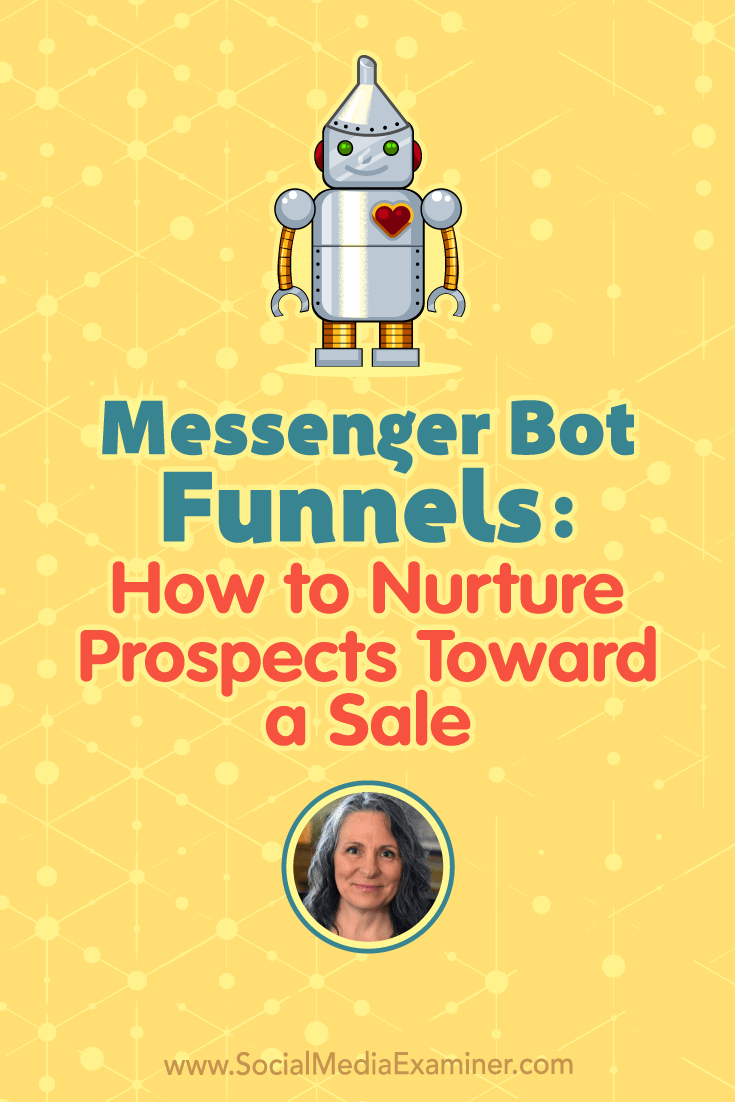
Social Media via Social Media Examiner https://ift.tt/1LtH18p August 24, 2018 at 05:04AM
0 Comments
Leave a Reply. |
�
Amazing WeightLossCategories
All
Archives
November 2020
|


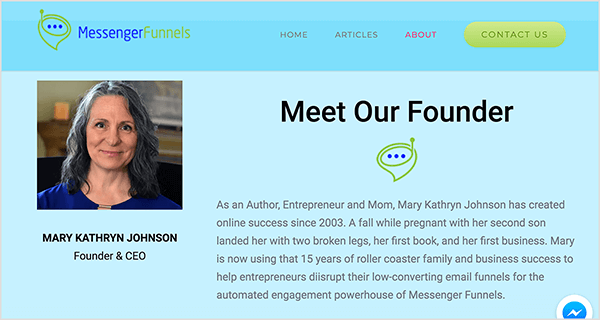
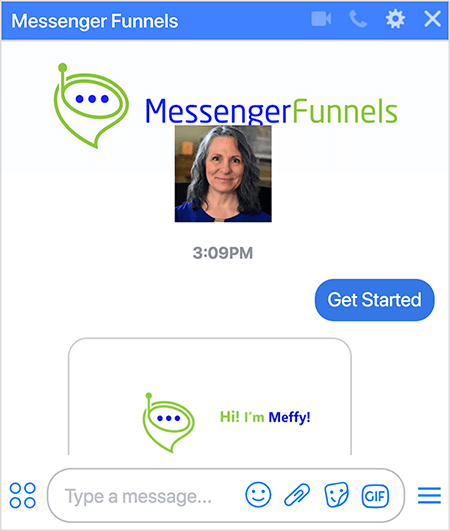
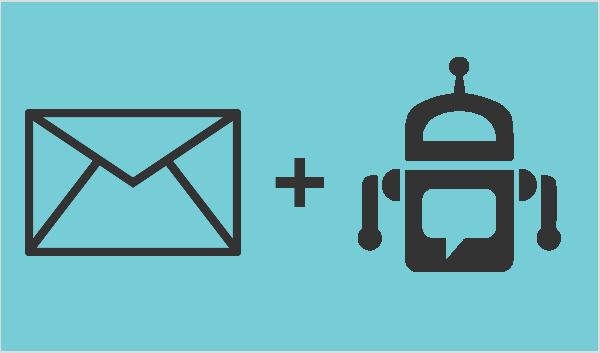
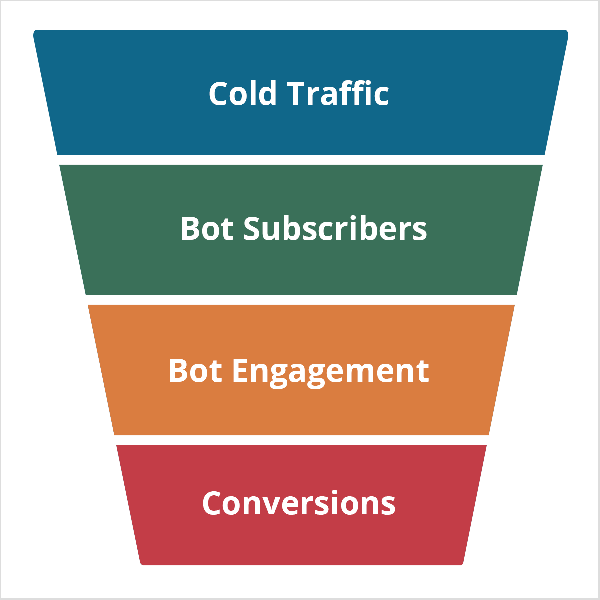
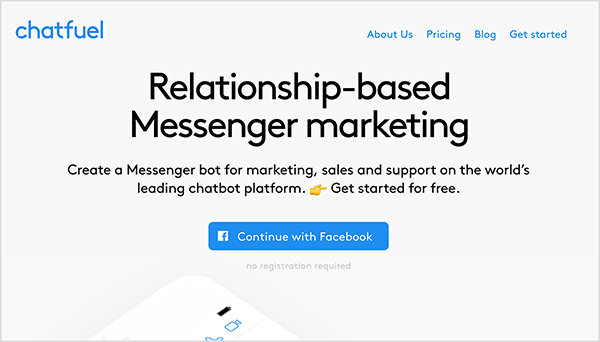
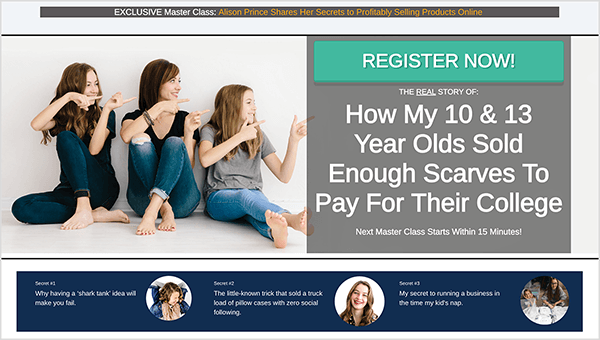
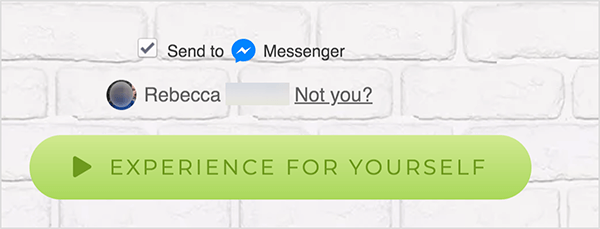
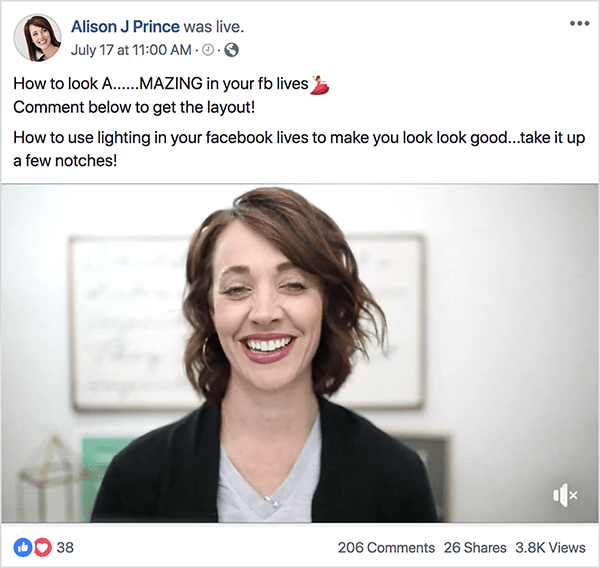
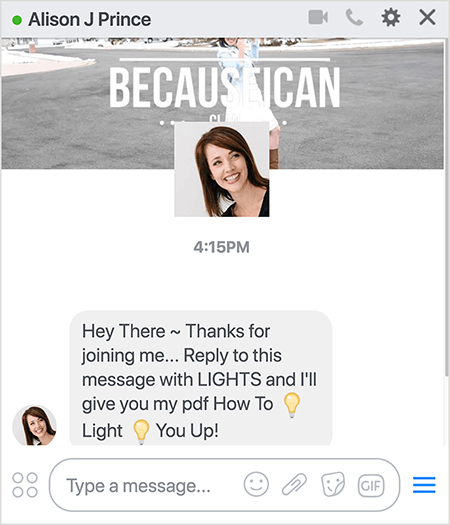
![Alison J Prince bot says “Okay Action Taker, just reply with your email address, and you’ve got another Freebie way to grow your business! ”. The bot user responds with a Gmail address that is blurred out. The bot replies with an image of the free download, the bottom of which is cut off in this screen capture. In the image, a white piece of paper floats above a gray background. The visible text in the image says “[Free Download]” and then “3 Things I Wish”. Mary Kathryn Johnson created this Messenger bot funnel with two lead magnets to provide more value to the user.](https://www.socialmediaexaminer.com/wp-content/uploads/2018/08/mary-kathryn-johnson-says-a-second-lead-magnet-adds-value-450.png)
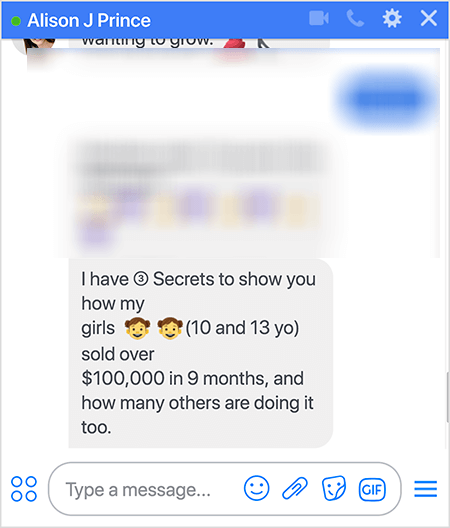
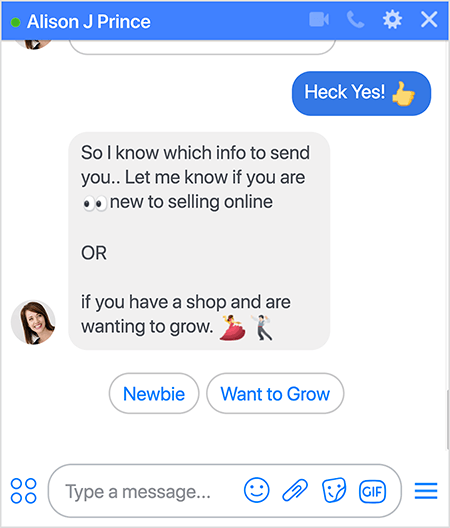
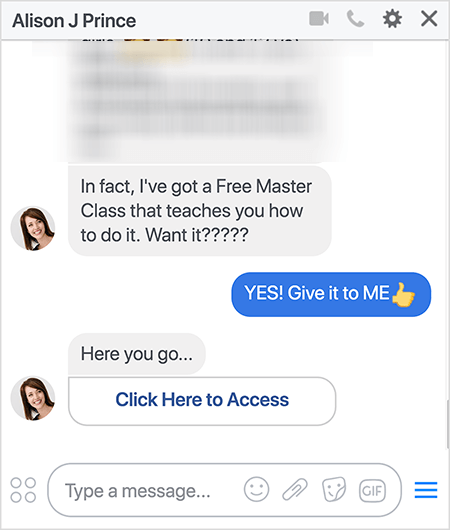
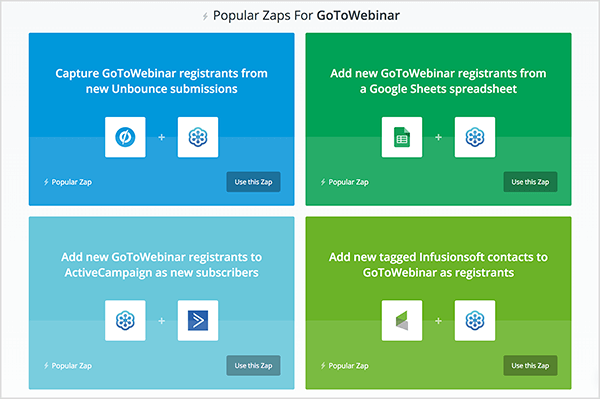

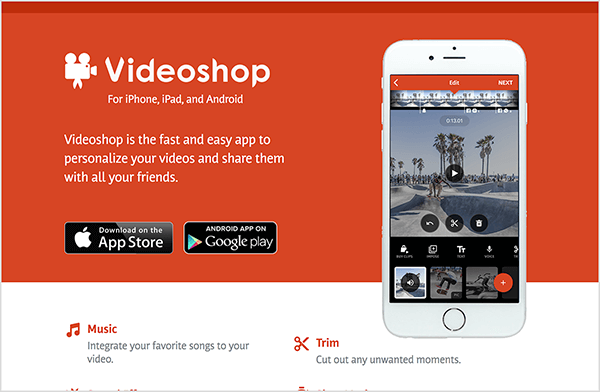

 RSS Feed
RSS Feed
